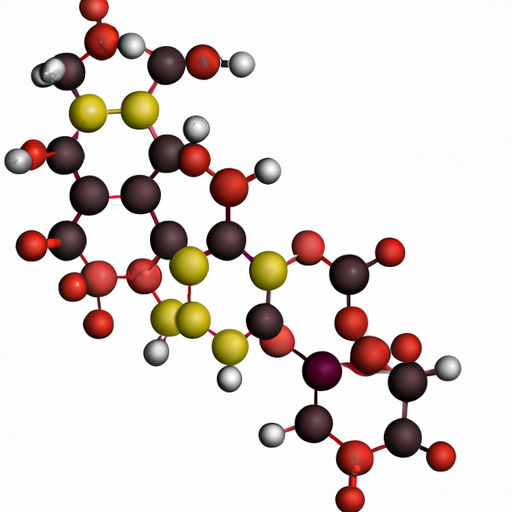It is well known that Dihydrotestosterone (DHT) is a major contributor to androgenic alopecia, or, in other words, male pattern baldness. The conversion of testosterone to DHT is a process that is catalyzed by the enzyme 5-alpha-reductase (5α-R). Therefore, blocking or inhibiting this enzyme can reduce the production of DHT, thereby providing a potential treatment for hair loss.
Two potential treatments for androgenic alopecia are Pyrilutamide and Finasteride. Both of these drugs are 5α-R inhibitors, but the question remains: do they block DHT differently?
How Does Pyrilutamide Block DHT?
Pyrilutamide is a synthetic compound that acts as a potent inhibitor of 5α-R. It is thought to inhibit both types of 5α-R, type 1 and type 2. In animal studies, Pyrilutamide has been shown to reduce DHT levels by up to 70%. Additionally, it has been found to be more effective than Finasteride at blocking DHT.
How Does Finasteride Block DHT?
Finasteride is a synthetic compound that acts as a selective inhibitor of 5α-R type 2. This means that it only inhibits the type 2 form of the enzyme, while leaving the type 1 form unaffected. In clinical studies, Finasteride has been found to reduce DHT levels by up to 60%.
Conclusion
In conclusion, Pyrilutamide and Finasteride both act as 5α-R inhibitors, but they block DHT differently. Pyrilutamide is a potent inhibitor of both types of 5α-R, while Finasteride is a selective inhibitor of 5α-R type 2. Pyrilutamide has been found to be more effective than Finasteride at blocking DHT, but further studies are needed to determine the long-term effects of both drugs.



Leave a comment
This site is protected by hCaptcha and the hCaptcha Privacy Policy and Terms of Service apply.